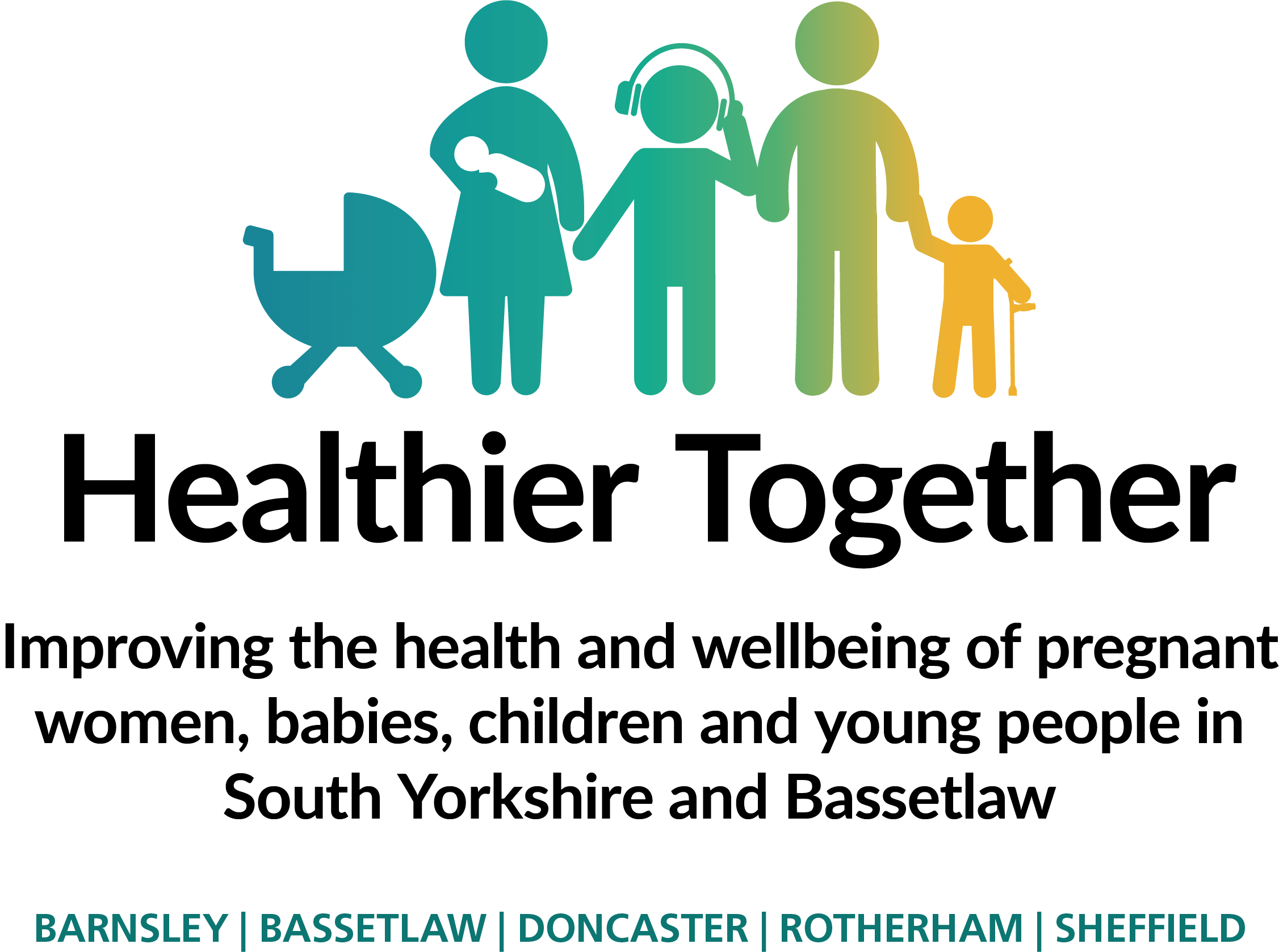Talking to your child about death and grief
The information and advice on this page has been created in collaboration with Compassionate Sheffield. 
The How to Talk to Children About Death from Hospice UK also provided valuable content for this page.
Asbestos.com brought to you by The Mesothelloma Center also provides valuable contact for this page.
Why children need to talk about death
We can’t protect children from death. They encounter it all the time – whether it’s a mouse brought in by the cat or a grandparent dying. At an early age, they can form their own beliefs around it.
If we leave children alone with fears and misunderstandings regarding death, they can grow and grow. Children are more open to conversations about death than adults often realise. We need to talk to children about dying so that the myths don’t take over, and so that they don’t feel isolated or guilty about what they think.
It’s much better to have helped children have an understanding of death, funerals, burial and cremation before being confronted with these things when someone close to them dies.
Children may ask practical questions instead of talking about their feelings. Sometimes these might sound strange. What’s it like inside a coffin? What does a dead body really look like? Will I be a ghost when I die? These are entirely sensible things to wonder – and it can be reassuring to a child if you discuss them, rather than dismissing them as silly.
For more information visit the Hospice UK website.
Here are some tips that may help you talk about death:
- Encourage questions: be prepared for a child to be curious and to ask the same questions again and again. This can be distressing but remember it’s a part of their need for reassurance and helps them process the information.
- Be honest: Try to explain in clear, simple language that’s right for their age and level of experience. You might also try giving them information in small amounts at a time, especially to young children, as this can help them understand.
- Use plain language: avoid explanations such as the person has ‘gone to sleep’ or ‘gone away’. They may make the child frightened to go to sleep or worry when you leave the house you might not come back.
- Reassure them: Let them know they’re loved and that there are still people who will be there for them. A cuddle can make a big difference and make them feel cared for.
- Try to avoid telling the child not to worry or be sad. It’s normal that they should get attached to people. And, like adults, they might find it hard to control their feelings. You might find that the child doesn’t seem to be sad. Sometimes they need time to absorb what’s happened.
- There’s no harm in a child seeing that you are sad or crying if someone has died. It may help them know their own grief is acceptable.
How to get started
Try to make sure they feel comfortable asking questions or expressing their opinions on death, and try to let them lead the conversation. Talk about death as a part of life and how life and death go together. Use the natural world to demonstrate the way in which all things die – flowers withering, leaves falling.

You can use these opportunities:
- Books and films (see more below) about dying tailored for children (you can find a list of books on the Hospice UK website).
- Finding a dead animal or the death of a pet can be an opportunity to start a conversation about dying. Let the child be there when it is buried, and carry out rituals like planting flowers.
- Involve children in family activities including attending funerals if they want to. It’s an opportunity for them to say goodbye. Tell them what to expect.
- Memory boxes can be a good way of helping children remember loved ones who have died.
A step-by-step guide from Parents.com:
- Prepare now: Try to help your child understand death before it touches their life significantly. Start by pointing out some of the cycles in nature: talk about a house plant that has died and what this means. Make sure to add that it can't come back again, because the permanence of death is something that young children have the hardest time understanding. The more you talk about death—and what it means—the less scared and confused your child will be when it happens to a family member.
- Share sad news directly: Try to avoid euphemisms like, 'She's in a better place,' because they can be scary or confusing for young children". Instead, talk to your child in a familiar spot, where they have a favorite toy nearby to help them feel comfortable. Then, as they're playing, be honest and concrete, even if it might sound a little cold: "You could say, 'Abuelo died. When people die, their body stops working and they can't eat, walk, or play anymore. And you won't be able to see them. " Finally, make sure your kid knows it's not their fault.
- Get through the first few days: After you've lost someone you love, try to stick as close to your child's normal routine as possible. Expect your child to keep asking you what happened or when your relative or pet will be coming back: They need you to answer the questions consistently, as painful as it is, because it will help them start to grasp the finality of death. Remember, you don't need to hide your feelings from your child or pretend things are fine.
- Handle the funeral: if a kid expresses interest in going to a funeral then they should. Prepare your child for what the funeral will be like, and whenever possible give them choices so they feel more in control. Afterward, continue to help your kid remember your loved one. You can leave a photo album of them on the table so they can look at it with you when they're ready. The healing process takes time, but you'll get through it — together.
- Don't send the wrong message: It is clearer to say someone has died than to use euphemisms. Avoid explanations such as the person has ‘gone to sleep’ or ‘gone away’. They may make the child frightened to go to sleep or worry when you leave the house you might not come back.
Using films to talk to your child about death
There are many great films which cover the topic of death and are suitable for children. Often children can understand new subjects through storytelling and films tell stories in an engaging, visual and wise way. Films are a good opportunity to open up a conversation about death and your children will have lots of questions which is a great start.
Below is a list of suitable films for you and your child to watch together, as well as some articles on the individual films and the themes that they contain:
Coco
Miguel dreams of becoming a musician like his idol, Ernesto de la Cruz. Desperate to prove his talent, Miguel finds himself colourful Land of the Dead following a mysterious chain of events. Along the way, he meets Hector, and together, they set off on an amazing journey to find the real story behind Miguel’s family history.
Coco And Why We Need To Talk To Our Kids Differently About Death
Bambi
Bambi’s tale unfolds from season to season as the young prince of the forest learns about life, love, and friends.
Up
Carl Fredricksen spent his entire life dreaming of exploring the world and experiencing life to its fullest. But at age 78, life seems to have passed him by, until a 8-year old scout named Russell gives him a new look on life.
The Lion King
The story follows the adventures of Simba the Lion Prince and the adventures he experiences on his way to becoming King.
Charlotte's Web
Wilbur the pig is scared of the end of the season, because he knows that come that time, he will end up on the dinner table. He hatches a plan with Charlotte, a spider that lives in his pen, to make sure that this will never happen.



